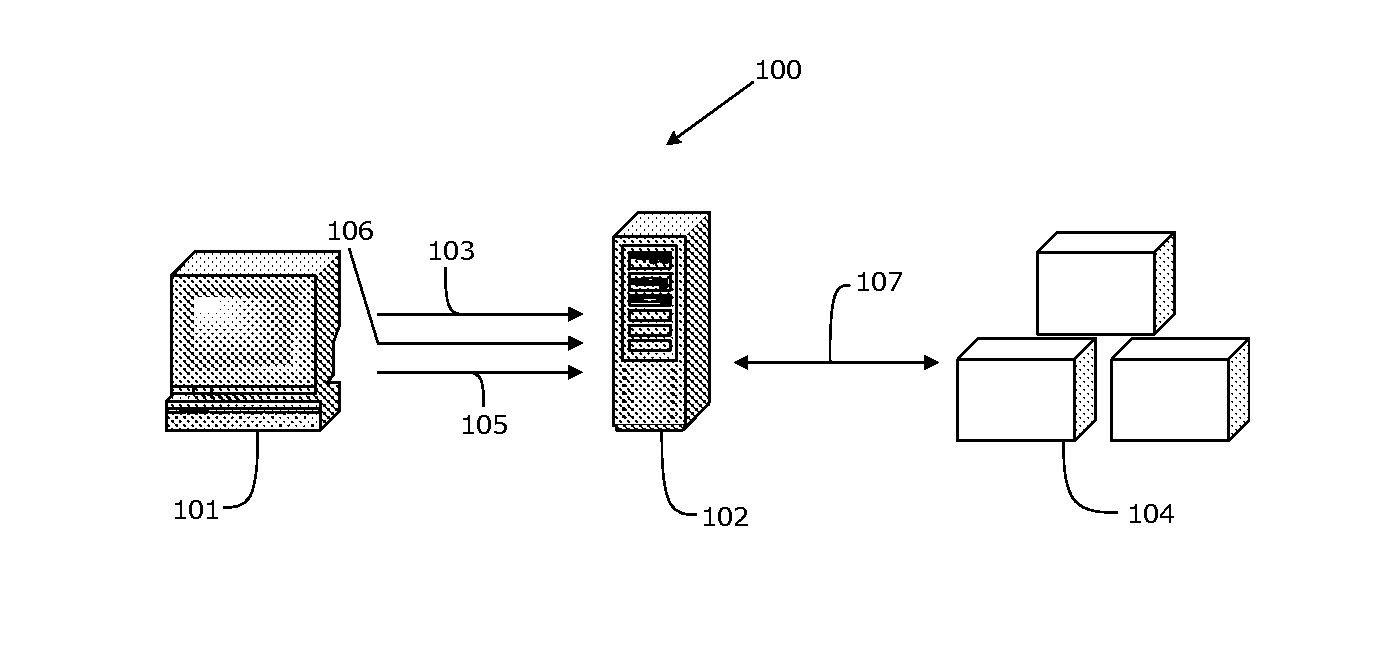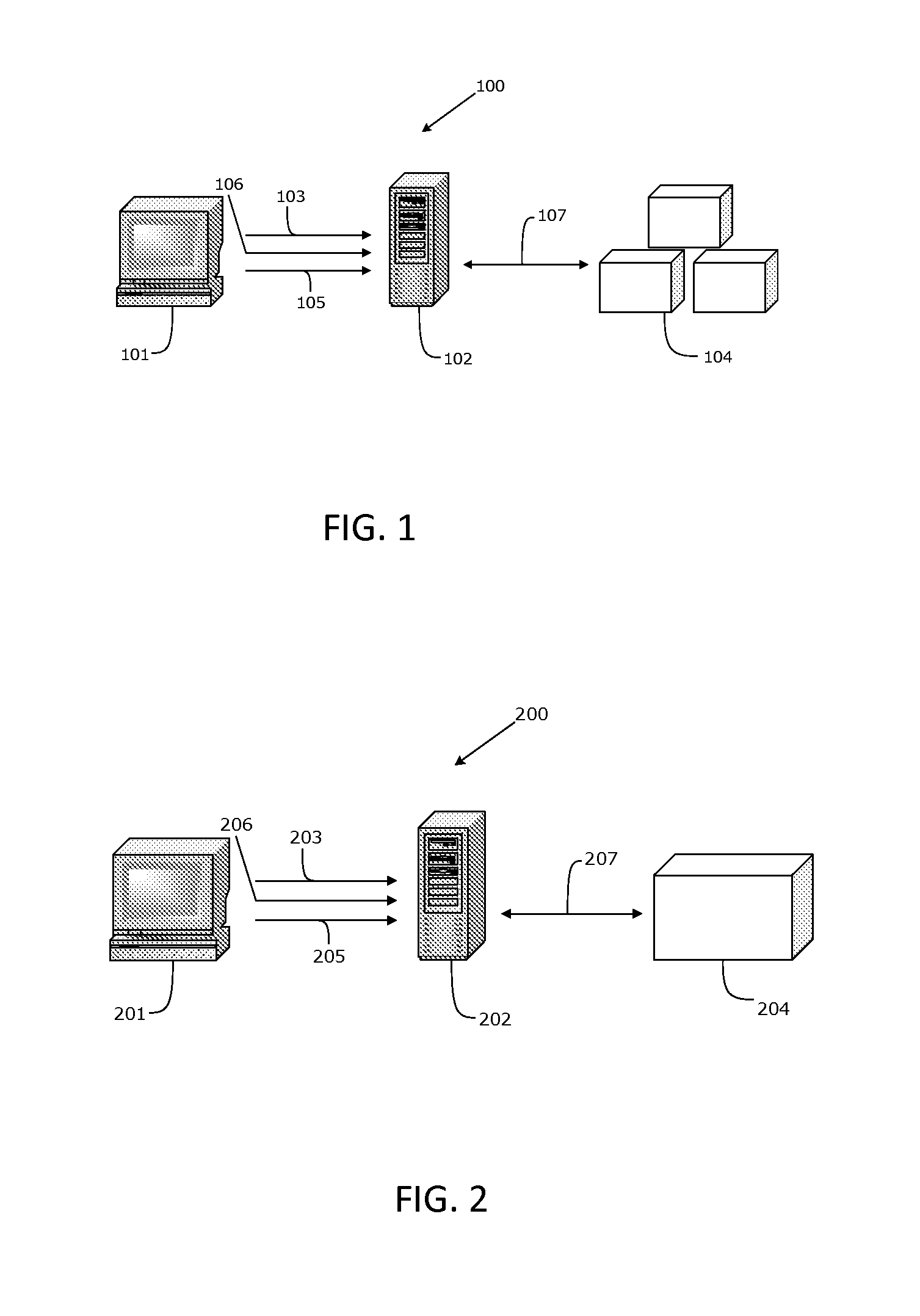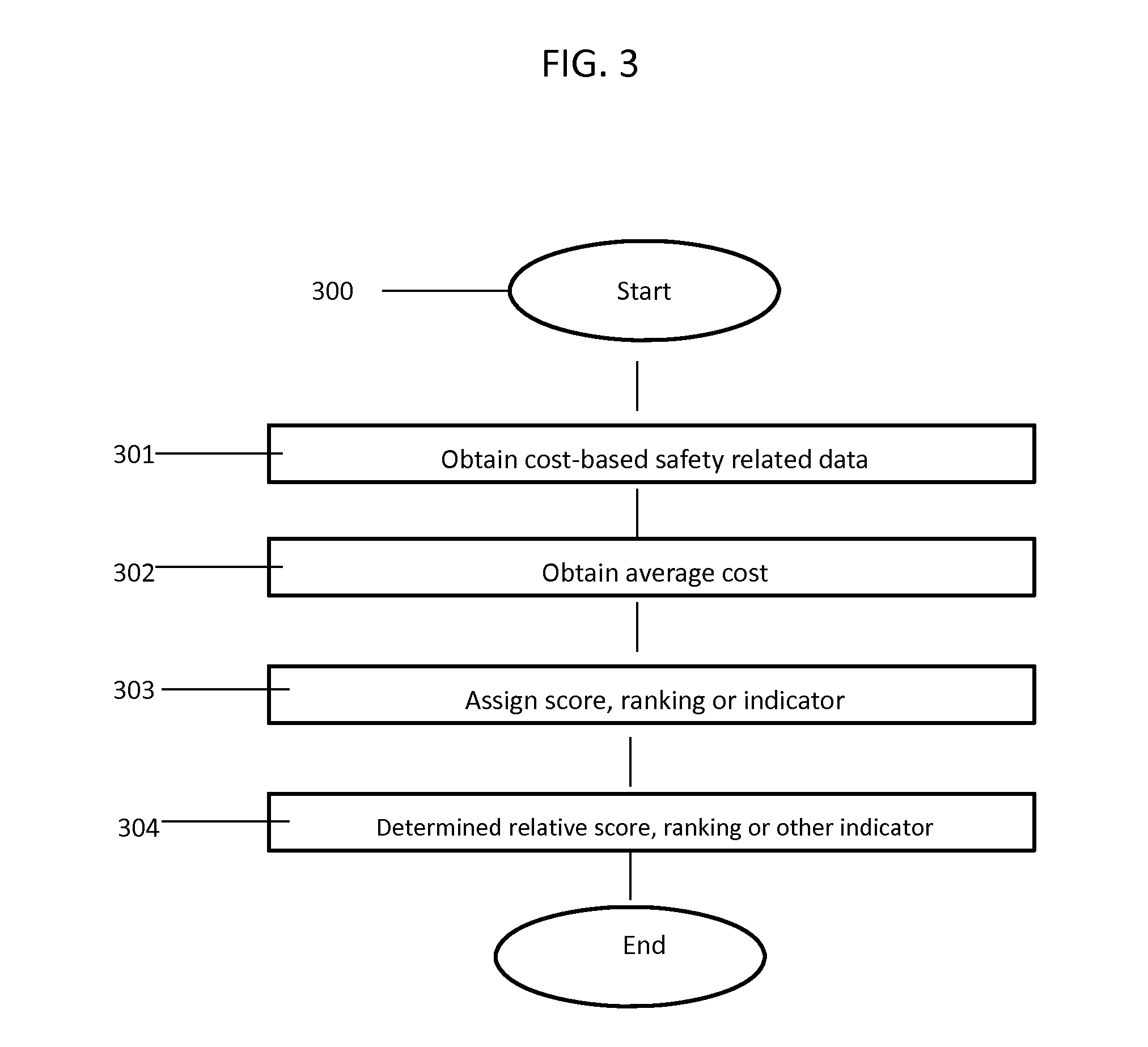System and Method for Surveillance and Evaluation of Safety Risks Associated with Medical Interventions
a technology of safety risks and surveillance methods, applied in the field of system and method for surveillance and evaluation of safety risks associated with medical interventions, can solve the problems of significant time lag, serious and life-threatening side effects that were not exposed, and become evident, and achieve the effect of improving the efficiency of the use of such data
- Summary
- Abstract
- Description
- Claims
- Application Information
AI Technical Summary
Benefits of technology
Problems solved by technology
Method used
Image
Examples
example 1
I. EXAMPLE 1
A. Methods
1. Adverse Event and Outcome Data
[0122]AE and patient outcome data were obtained for 706 FDA-approved drugs during the time period of January 2010 through December 2014 from an analytic system of FAERS case reports.28 Non-serious and disease-related AEs were ignored, as were non-serious outcomes.
2. FAERS Case Reports
[0123]To import and filter data from FAERS, common data pre-processing techniques were used to normalize and qualify textual data, such as removal of non-alphanumeric characters, whitespaces and line breaks. Filtering processes included: i) a system for automated name matching which corrected for drug name misspellings and incorrect data within major fields (i.e., the inclusion of dosages or routes of administration as part of the drug name field); ii) aggregation of generic and non-U.S. brand name drugs under a single brand name; iii) separation of “primary suspect” and “all suspect” designations; and iv) identification of common adverse event and ...
PUM
 Login to View More
Login to View More Abstract
Description
Claims
Application Information
 Login to View More
Login to View More - R&D
- Intellectual Property
- Life Sciences
- Materials
- Tech Scout
- Unparalleled Data Quality
- Higher Quality Content
- 60% Fewer Hallucinations
Browse by: Latest US Patents, China's latest patents, Technical Efficacy Thesaurus, Application Domain, Technology Topic, Popular Technical Reports.
© 2025 PatSnap. All rights reserved.Legal|Privacy policy|Modern Slavery Act Transparency Statement|Sitemap|About US| Contact US: help@patsnap.com



